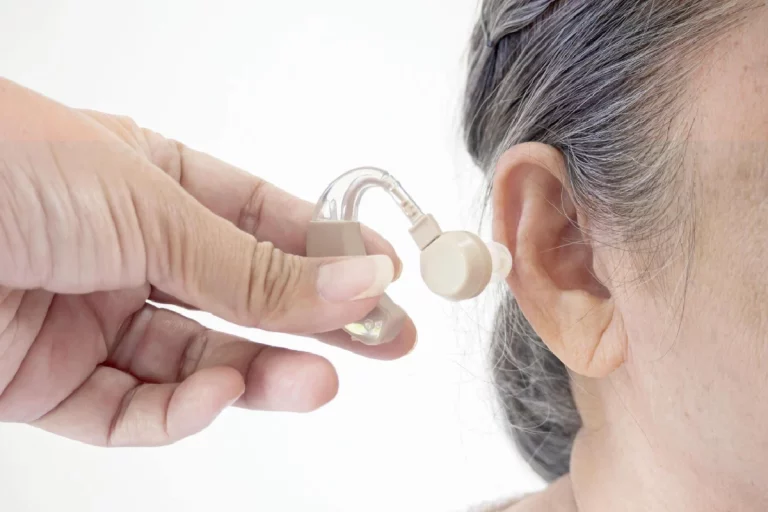Heavy drinking is common in adults worldwide. However, some fall into binge drinking, leading to alcoholism. Alcohol addiction takes away a person’s control over alcohol consumption, often leading to self-destructive behavior. Therefore, anyone who’s struggling with this condition must seek help.
Therapy is one of the most efficient tools used for alcohol addiction. A patient can undergo therapy along with medical treatments if necessary. Going through therapy helps get to the root of the problems to create possible solutions.
Table of Contents
What Are The Effective Therapy Options For Alcohol Addiction?
Different types of therapy are used depending on patients’ needs upon diagnosis and assessment. These are some of the most effective therapy options for those struggling with alcoholism.
-
Cognitive Behavioral Therapy
Alcoholism often burdens a person with negative thoughts and irrational fears. Cognitive-behavioral therapy (CBT) alleviates these negativities and introduces positive ones. In time, the therapist can develop strategies to keep the patient sober and motivated for change.
There are many treatment plans in rehabilitation centers following the approach of CBT. You may follow this link for more information on available programs for overcoming alcohol addiction.
-
Dialectical Behavioral Therapy
Dialectical behavioral therapy is a type of CBT that focuses on finding emotional balance, accepting oneself, and being open to positive behavioral changes. It also teaches patients how to manage and tolerate distress and strong negative emotions like anger and aggression.
-
Psychotherapy
Psychotherapy is the classic talk therapy method. Its focus is to formulate a proper diagnosis to determine the next step in the treatment. A psychiatrist may also prescribe medications upon analysis.
How Does Therapy Help?

Therapy is one of the most efficient treatments for overcoming alcohol addiction. As long as the patient is committed to creating positive changes, nothing is impossible. In addition, ongoing therapy alongside or after taking medications also strengthens an individual against possible relapse.
-
Identifies Underlying Causes Of Alcohol Addiction
Therapy breaks down all the possible causes of addiction. Alcoholism may be related to a physical or mental condition a person is struggling with. General stress may also drive people into drinking to escape problems.
Determining the roots of one’s alcohol addiction is the first step to treatment and recovery. In some cases, alcoholism is only a manifestation of another problem or untreated condition.
Therapists uncover possible conditions connected to alcohol addiction, like anxiety, depression, and emotional trauma. Sometimes, treating these underlying problems helps develop more effective approaches to recovering from alcoholism.
-
Helps Manage Cravings To Stay Sober
Most treatment plans start with detoxification. In this phase, the patient may experience withdrawal symptoms managed by medications. Fortunately, therapy provides support from these initial steps to the whole recovery process.
People struggling with alcoholism may return to their old habits, especially when therapy sessions are skipped. Approaches like CBT help patients identify the situations and feelings that often lead to heavy drinking.
Identifying a person’s triggers that lead to addiction helps develop healthy coping mechanisms to prevent relapse. Therapy strengthens the individual’s drive to turn their life around.
-
Breaks Negative Thought Patterns
Negative thought patterns often lead to self-destructive actions. A victim of alcohol addiction knows how harmful binge drinking is. However, it may serve as a coping mechanism to problems or anxiety triggers, causing an individual to put aside alcohol’s damaging effects.
Therapy breaks negative thought patterns, which may hinder full recovery from alcoholism. It includes self-sabotaging that drains motivation, self-control, and self-esteem. As the patient opens up to their therapist, these patterns will unfold.
Suppose the cause of alcohol addiction is severe emotional stress. In that case, the therapist may focus on finding the balance between accepting emotions and creating healthy responses. This skill will help the patient control extreme feelings of sadness, anger, guilt, and frustration, which often trigger heavy drinking.
-
Introduces Positive Change
Anyone has the power to change their lives, and therapy equips a person with the skills to do it healthily. Remember that you can treat alcohol addiction by taking small steps toward positive behavioral changes.
Recovery is a series of little steps to change someone’s life. Alcohol addiction is difficult to overcome, especially if drinking has been a considerable part of one’s habits. Breaking these patterns and gradually introducing alternative coping mechanisms happens in therapy.
Moreover, therapy can also motivate the patient towards positive change. Therapists can remind you of your purpose for overcoming alcohol addiction whenever there are risks of relapse. It’s a way to strengthen your mind and empower yourself to make changes, no matter how small.
-
Improves Interpersonal Relationships
Alcohol addiction can damage relationships, especially with harmful behaviors like violence and uncontrollable anger directed towards others. Going through therapy can help people restore and improve their relationships with family, friends, and everyone around them.
Some treatment plans may include group therapy, which enables a person to socialize. It’s an effective way to learn how to listen for understanding and communicate with honesty. These skills can help repair broken relationships with a genuine willingness to change.
Therapy can also help those whose loved ones are suffering from alcohol addiction. Alcoholism doesn’t only affect the patient but also those who care for them.
-
Sets Realistic Goals For Self-Improvement
Recovery from alcohol addiction doesn’t happen overnight. For some, it takes weeks or months to notice changes. Every day is a struggle to stay sober, and it’s not an easy journey.
Therapy sets realistic goals for self-improvement. Taking little steps to improve one’s situation takes courage and patience. These goals need to be specific, measurable, attainable, relevant, and time-bound (SMART).
Setting small, realistic goals allows the therapist to measure one’s progress. The patient also benefits from the motivation and sense of fulfillment that comes from completing these achievements.
-
Regains Self-Control And Confidence
Alcohol addiction damages one’s self-control and confidence. Any addiction can make someone feel powerless and hopeless, resulting in deep-seated frustrations in life.
Therapy helps patients regain self-control by introducing new strategies to overcome their triggers. It equips them with healthy coping mechanisms to keep calm during stressful situations that may lead to heavy drinking.
Moreover, mindfulness activities and meditation are some tools to help regain autonomy of your emotions and actions. This power can help a patient regain their self-control and self-confidence.
-
Provides Support During Recovery
Most patients recovering from alcohol continue attending therapy sessions for support after the rehabilitation program. It can be the usual one-on-one talk or group therapy.
Starting the journey towards sobriety can be difficult without enough support. Group therapy and counseling can help each find positive reinforcement from their peers who have been through the same struggle.
Furthermore, going to therapy with a trusted loved one like a partner, family member, or close friend, can provide more substantial support for recovery.
Conclusion
Alcohol addiction is difficult to overcome. However, getting all the help and treatment you need makes the journey a little easier.












